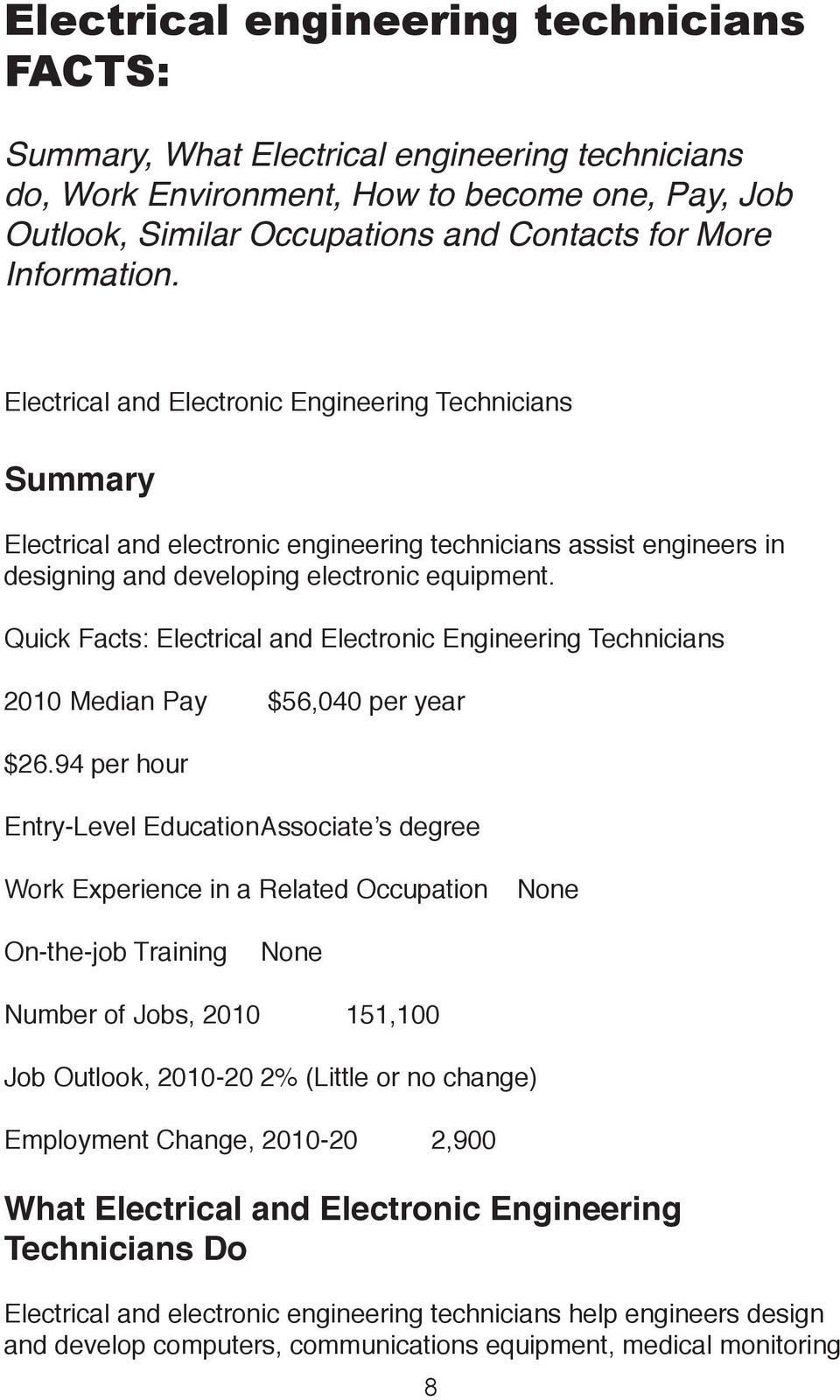
There are many jobs available in the aviation field, and flight engineers is just one. Because of their ability to maintain an aircraft's mechanical systems, flight engineers were often called air mechanics in the beginning. Flight engineers are essential to the smooth operation of the air transport system. This career field requires an excellent technical knowledge of aircraft systems and a passion for solving problems. A bachelor's degree is required in order to become a flying engineer.
Career outlook for flight engineers
According to U.S. Bureau of Labor Statistics flight engineers have a very poor job outlook. Many airlines are replacing older aircrafts with more modern ones that don't need flight engineers. Airlines are trying to increase passenger loads, making it more difficult for engineers to fill all the positions. Computer technology is also being used in more aircraft. As a result, the number of flight engineers will likely decrease as more aircraft are computer-controlled.
The job outlook for aircraft pilots has remained positive. It has increased by 6.41 percent in the country since 2004, which is 0.40 percent per year. The demand for pilots will increase by 0.58 per year through 2029. Low-cost airlines will offer the best job opportunities, but major airlines will be in fierce competition. A flight engineer will need to have good communication skills to deal with diverse teams and work well with other professionals.

Flight engineer duties
The flight engineer assists the pilot in flying an aircraft and checks the performance of over 100 instruments. He or she also reviews flight courses and weather conditions. A tailwind requires less fuel. Duties of a flight engineer are often crucial to the safe and efficient operation of a plane. Below are the duties of flight engineers. You can apply to become one if you have a passion for aircrafts and aviation.
You'll spend many hours on the ground inspecting and training aircraft. The rota is often set months ahead of time. It is not as simple to get approval for holiday requests as it would be for regular office work. Flying engineers need to communicate well with their fellow flight engineers. Flight engineers will become more important as the aerospace industry consolidates.
Training requirements
Pilots can rely on flight engineers to assist them in many ways. They may be able to monitor aircraft systems or make in-flight repairs. They use their problem solving and analytical skills to solve problems. Flight engineers must be highly motivated, have strong communication skills, and have the desire to help others. Final certification for flight engineers is granted by the Federal Aviation Administration.
The role of flight engineers is not to be pilots. Instead, they assist pilots in performing basic checks on their mechanical systems prior and during flights. The requirements for becoming a flight engineer are a commercial pilot's certificate and at least 1,500 hours flying time. It is important to know what type of aircraft the flight engineer works on so that they can obtain their certifications and training requirements. After they have completed their education, commercial aviation can be their next career.

How to become an airline engineer
If you have the qualifications and experience to become a flight instructor, you're already on your way to becoming an experienced pilot. You can also become an engineer by completing 200 hours flying in a military plane of similar weight and power. This position requires that you successfully complete an FAA-approved training course in flight and ground. Once you've completed your training, you must pass a comprehensive exam that measures your technical knowledge and flying experience.
You must pass an entrance test to become a certified flight engineer. This exam can be taken at a college or university. Or you can complete a bachelor's in aviation studies at an FAA-recognized institute. To be a flight engineer, you must also have a Bachelor's degree in engineering or related subjects, or an equivalent degree in mathematics, physics, or computer science. A medical examination must be completed in order to prove that you are free from any physical or mental limitations that may prevent you from flying.
FAQ
What does an aerospace engineer do?
Aerospace engineers apply their knowledge in aeronautics. Propulsion, robotics, flight dynamics, and flight dynamics to create aircraft, spacecrafts, satellites. Rockets and missiles can also be designed by them.
A space engineer could be involved in the design of new aircraft types, fuel sources, improving existing engines or creating space suits.
Which engineer earns the most?
Software engineers, who are responsible for writing code for computers, would be the right answer. Software engineers have a lot more freedom about the projects they choose to work on. Software engineers can be employed in any industry but prefer to work in tech companies such Google or Microsoft.
Is engineering a good career?
Engineering is a rewarding career that allows you to learn and improve your skills. There are many opportunities to make an impact in people's daily lives. And there are many different ways to do this.
You might design products like cars, planes or trains, and computers, or mobile phones. You might also develop software or assist in building these devices. Perhaps you'd like to create medical equipment. There are endless possibilities!
Engineers also love working with people to solve problems and come up with solutions. They are always open to new challenges and learning experiences.
Engineering is a good career choice. However, it takes hard work and dedication. Engineering isn't about watching TV all day. You'll need to put in a lot of effort to get the desired results. It's worth it.
What do industrial engineers do?
Industrial engineers study how things work, operate, and interact.
Their job is to make sure machinery, plants, and factories are safe and efficient.
They design controls and equipment to make it easier to perform tasks.
They ensure that the machines comply with safety regulations and meet environmental standards.
What do electrical engineers do?
They create power systems for human use.
They are responsible to design, build, test, install, maintain, and repair all types of electrical equipment used by industry, government and residential customers.
They also plan, direct, and coordinate the installation of these system, which may include coordination with other trades such architects, contractors and plumbers.
Electrical engineers design and install electronic devices, circuits, and components that convert electricity into useful forms.
How long does it take to become an Engineer?
There are many paths to engineering. Some people choose to study right away after graduating from high school. Others prefer to enroll in college.
Some students will join a degree program straight from high school, whilst others will join a two-year foundation degree program.
After completing this, they might continue onto a three or four-year honors degree. Alternatively, they could opt to do a master's degree instead.
Before you decide which route to take, think about your career goals once you are done with school. What career path do you prefer?
The length of time it takes to complete each stage varies depending on the university you attend and whether you're doing a full-time or part-time course.
It is important to note that there is not always a direct relationship between how long it took to complete a particular qualification, and how much experience you have once you graduate. Even though you may only have one year of college, this doesn't guarantee that you will be able to use all the skills required to work as an engineer.
Statistics
- Typically required education: Bachelor's degree in aeronautical engineering Job growth outlook through 2030: 8% Aerospace engineers specialize in designing spacecraft, aircraft, satellites, and missiles. (snhu.edu)
- 14% of Industrial engineers design systems that combine workers, machines, and more to create a product or service to eliminate wastefulness in production processes, according to BLS efficiently. (snhu.edu)
External Links
How To
How to make Engineering Drawings: Letter Writing
Two types of engineering drawings are available: technical drawings (also known as engineering sketches) and architectural drawings. The first shows the product’s physical features. While the second shows how the product should appear. Both types contain detailed specifications, dimensions as well symbols and text. Engineers will use their own language to write these documents. These terms can be used to refer to specific units of measurement or abbreviations. These terms are known engineering lingo. This article explains what they mean.
A letter is a formal written document that an individual or organization sends to another person or organisation. A letter usually includes a greeting, salutation and signature. It also contains the date, closing remarks, and a date. Most people include a self introduction at the beginning of their letter. Some letters might contain business details such as legal agreements. Others might contain greetings and signatures.
Engineers draw and design diagrams using their professional knowledge. Engineers should use precise language to communicate their work. The product, process, materials and methods are described in technical terms.
Engineers use many different terms to describe things. For example, "ampere", to refer to electric current, is a term used by engineers. They also use the term "ampere" to refer to electrical current. These terms are known by scientific names. These terms are also known as common names by engineers because they are often used. Common names are easier than common names and easier to remember.
Abbreviations are used frequently for technical terms. An abbreviation stands for a longer word. An example of an abbreviation is "kW", which stands for kilowatt. The term "KW" is a kilowatt. It doesn't matter how long it takes to remember the name.
In addition to technical terms, there are lots of other abbreviations and acronyms used by engineers. These are similar in abbreviations but can be made up of many words. Examples of these are "IEC", "DIN," or "ANSI." These are vital because they speed up communication.
Engineers use their jargon in a way that is not consistent with standard spelling rules. Sometimes they spell out numbers using digits rather than numerals. They might use different capitalizations that normal. Capitalization refers either to the capitalization of a word's beginning letter, or whether it begins with lowercase letters. Words that start with vowels are spelled differently than words that start with consonants.